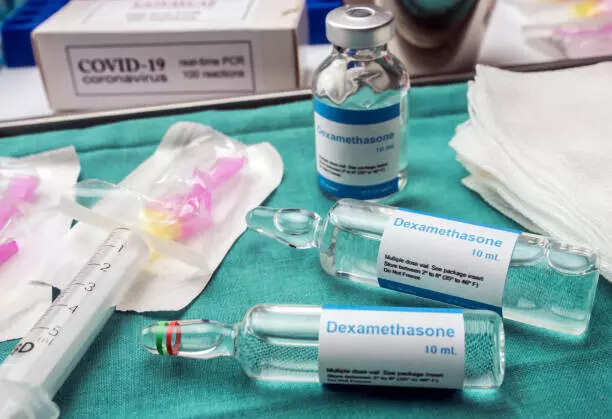- Pharma Industry
- 3 min read
Regional variations in response to dexamethasone higher doses in severe COVID-19 patients: George Institute study
Variations in patient characteristics, healthcare infrastructure, resource availability, and comorbidity profiles may be the cause of the regional disparities in treatment effects. The observed discrepancies could be explained by variables including different levels of healthcare-associated infections, a higher incidence of diabetes, and the use of other anti-inflammatory medications such as IL-6 inhibitors.
In a secondary analysis of the COVID-STEROID 2 trial published in The Lancet Regional Health - Southeast Asia, the study led by Dr Bharath Kumar Tirupakuzhi Vijayaraghavan, The George Institute for Global Health India and Apollo Hospital, Chennai highlights the possibility that a patient's geographic location may affect how well this treatment for severe COVID-19 patients works.
Conducting such collaborative research that explores how patients in India and Europe respond differently to higher doses of dexamethasone not only emphasises the value of international collaboration in large-scale clinical trials related to COVID but also provides a useful way to generate data demonstrating variations in COVID research across various global populations. It is crucial to emphasise the role that these studies play in promoting sustainable global collaborative research projects.
Key findings:
Descriptive baseline data broken down by treatment allocation and geographic region for the 982 patients in the ITT sample. The baseline variables were largely comparable among treatment arms across areas. There were some significant variations between the two areas, though, such as India's lower weight and its higher use of antivirals and other therapies; also the higher proportion of patients with diabetes in India.
Patients in Europe and India had differing death rates at various time points, according to the study. On day 28, the higher-dose group's risk of death was 8.3 per cent lower for patients in Europe, whereas there was essentially no difference (0.1 per cent) in India. Comparable patterns were noted on days 90 and 180.
Regarding serious adverse reactions (SARs), a larger percentage (-1.0 per cent) of patients in Europe experienced SARs, fewer patients in India suffered SARs at the higher dose (-5.3 per cent).
The study also revealed variations in the number of days patients survived at day 90 without requiring life support between Europe and India. Patients in India experienced 1.7 more days without life support, compared to 6.1 more days for those in Europe.
Longer-term health-related quality of life (HRQoL) outcomes were mixed. The adjusted mean difference in EQ5D-5L index values was slightly different between the two regions, with a 0.08 difference in Europe and a 0.02 difference in India. For EQ VAS, the adjusted mean difference was 4.4 in Europe compared to 2.6 in India.
Variations in patient characteristics, healthcare infrastructure, resource availability, and comorbidity profiles may be the cause of the regional disparities in treatment effects. The observed discrepancies could be explained by variables including different levels of healthcare-associated infections, a higher incidence of diabetes, and the use of other anti-inflammatory medications such as IL-6 inhibitors.
The COVID-STEROID 2 clinical trial examined the effects of two doses of dexamethasone in patients with severe COVID-19 and was carried out in Denmark, India, Sweden, and Switzerland. The study was supported by The Novo Nordisk Foundation and Rigshospitalet’s Research Council.



COMMENTS
All Comments
By commenting, you agree to the Prohibited Content Policy
PostBy commenting, you agree to the Prohibited Content Policy
PostFind this Comment Offensive?
Choose your reason below and click on the submit button. This will alert our moderators to take actions